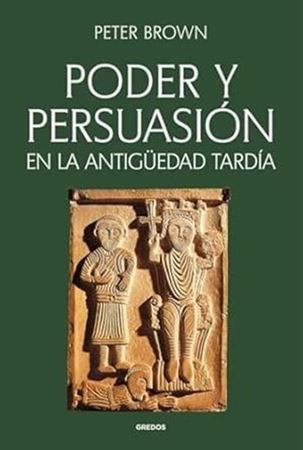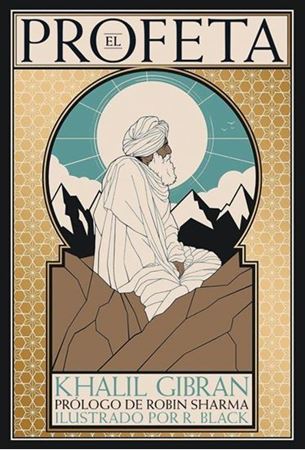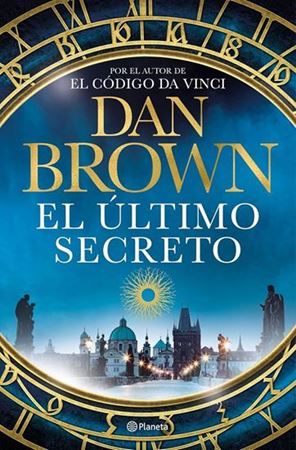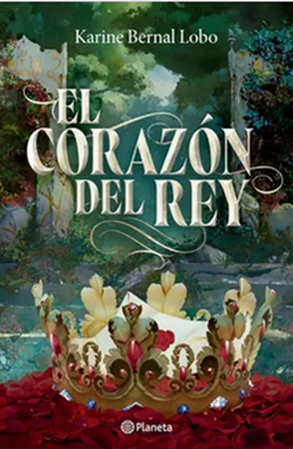

NOVEDADES
VIVIR ES UN ASUNTO URGENTE
Cuando el corazón se desboca, el cuerpo se tensa y el cerebro no funciona bien. Si nos sentimos en peligro, reaccionamos atacando, aislándonos o simplemente huyendo. Estas formas de actuar impiden que comprendamos a los demás y hacen imposible que éstos nos vean como realmente somos.
Vivir es un asunto urgente es una de las obras de referencia en el campo del desarrollo personal, con más de 300.000 ejemplares vendidos en España. Su intención es abordar y entender la morfología del estrés para aprender a convivir con él desde el entendimiento, para que no nos usurpe lo que más queremos, para que no invada nuestra existencia ni condicione nuestra felicidad.
En esta nueva edición, además de hablar de temas como la importancia del sueño o los beneficios del ejercicio físico, el doctor ahonda en la relevancia de cultivar el pensamiento y las habilidades humanas y en la era de la Inteligencia Artificial. Una obra imperecedera, una conversación tú a tú, un viaje al interior de nosotros mismos. Un clásico.
1,550
CREA TU SUERTE
¡Atrévete a cambiar tu suerte para tener una vida de ensueño!
¿Y si pudieras crear tu propio destino? ¿Qué pasaría si vivir una vida de abundancia estuviera en tus manos? La buena noticia es que es posible... ¡solo necesitas saber cómo!
Gay Hendricks y Carol Kline, autores best seller de The New York Times, comparten los ocho secretos que cambiarán tu fortuna de forma inmediata e intencional. En cuanto pongas en práctica sus consejos, verás que la «mala suerte» desaparecerá.
El innovador programa creado por Hendricks y Kline -que incluye técnicas prácticas e historias reales e inspiradoras- te dará las herramientas necesarias para tomar las riendas de tu destino. En Crea tu suerte aprenderás cómo:
* Plantar las semillas de la suerte en tu propia mente.
* Eliminar los patrones de pensamiento negativos.
* Moverte al ritmo de tu esencia.
* Practicar una gratitud radical.
Y mucho más.
Cambiar tu destino y convertirte en una persona más feliz es posible.
1,600
VE Y DILO A LA MONTAÑA
Un retrato feroz de la adolescencia en el Harlem de los años treinta, una honda reflexión sobre el racismo y el papel de doble filo de la religión.
Un sábado de marzo de 1935, John Grimes, hijo de un autoritario predicador pentecostal de Harlem, cumple catorce años. Esa noche, en la iglesia, entre los cantos y el fervor de los fieles, John se encuentra ante una encrucijada: anhela un destino diferente al que su familia y su comunidad le tienen reservado, el de seguir los pasos de su padre. Pero cuando uno forma parte de un grupo social discriminado, la libertad de elegir puede no estar en tus manos. O puede condenarte a una segregación aún más profunda frente a aquellos a quienes amas. Esa misma noche, John es sacudido por la epifanía que lo enfrentará a la rebeldía y la sumisión, a la lujuria y la inocencia, al odio y la compasión. Un éxtasis que acabará por revelar la ambivalencia en la que su verdadero yo habita. «Si alguna vez hubo un libro que yo tenía que escribir, fue este», dijo James Baldwin de Ve y dilo en la montaña, la novela que en 1953 reveló por primera vez al mundo el genio y la furia del autor afroamericano. Pocos años más tarde, ya era considerada un clásico de la literatura estadounidense. Con su simbolismo oscuro y profético, esta singular novela de iniciación se inspira en la adolescencia del propio autor para componer un relato febril en el que la lucha por la individualidad queda entretejida con la historia de un pueblo marcado por el racismo y el poder represivo de la religión.
1,650






















